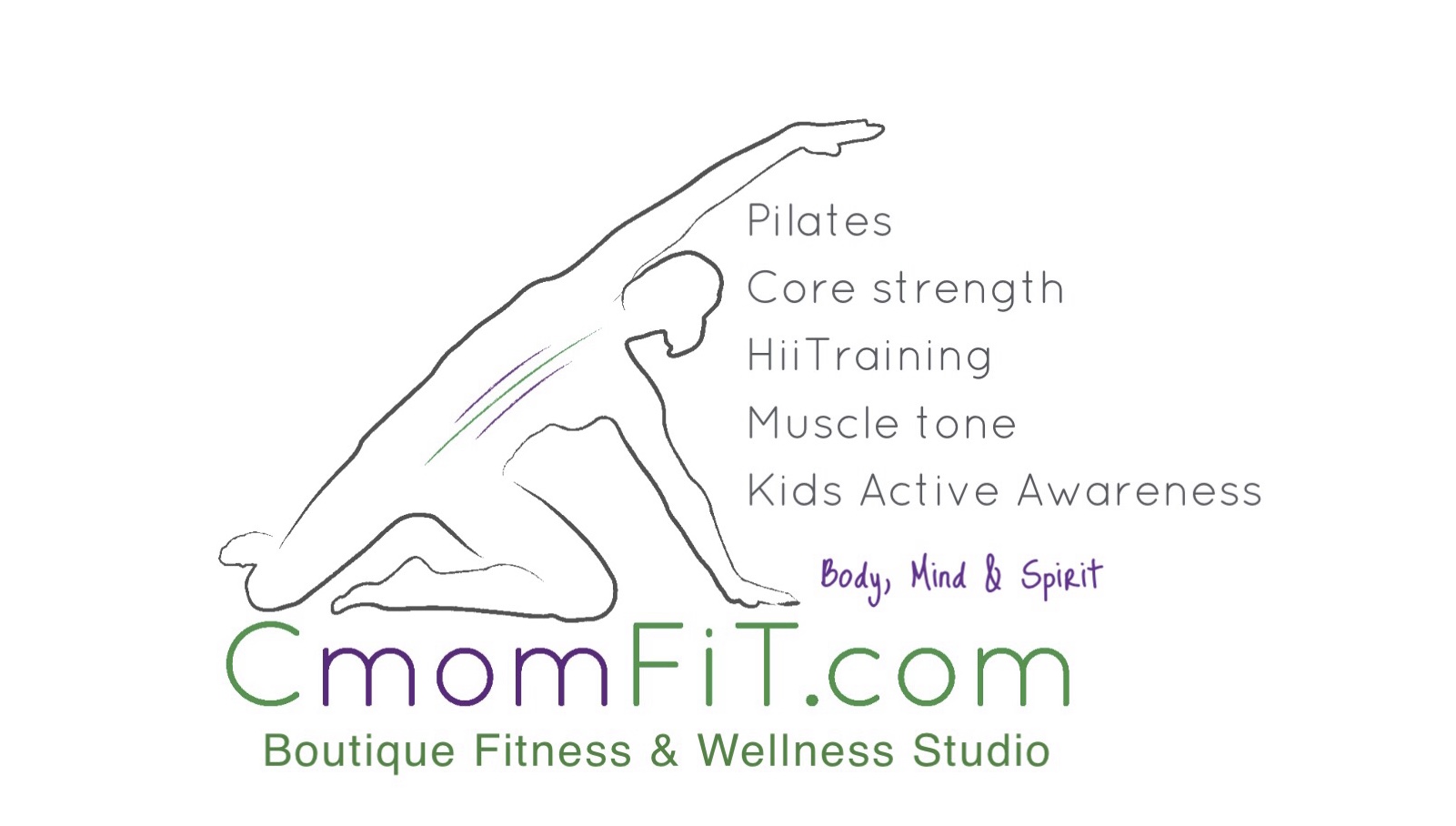PREGNANCY AND POST – DIASTASIS RECTI . . .exercise safely before, during and after pregnancy
Understanding how to correctly activate your DEEP CORE MUSCLES and not have coning of belly can help to minimize or prevent Diastasis Recti.
What is DIASTASIS RECTI:
Separation of the two parallel bands of muscles in abdomen away from the mid-line (rectus abdominis muscle/6 pack muscles) due to the pressure from the growing uterus that push against the abdominal wall and the stretching of muscles from the pregnancy hormones (relaxin hormone) that softens connective tissue. The connective tissue (Linea Alba) widens and thins and can cause a bulge down the mid-line of belly. This condition is known as Diastasis recti (abdominal separation) which are common in pregnancy and post-natal, as about two-thirds of pregnant woman have it.
What contributes to Diastasis recti:
- Multiple pregnancies, especially if close in age
- Over age 35 when pregnant
- Having a heavy baby, twins or more
- Poor posture
- Not connecting core correctly
- Heavy lifting
- Intense abdominal exercises
Self test for Diastasis Recti:
1) Lie on back with knees bent, and feet flat on floor.
2) Place one hand behind your head, and the other hand’s two fingers on your abdomen.
3)Feel along middle line of belly from belly button to 3cm above and below, by gently pushing down between rectus abdominis to feel if there is a gab.
Spacing between rectus abdominals:
- normal is 1 finger-width
- Problematic is 2 or more finger-widths
What is good POSTURE:
Poor posture before and during pregnancy can increase separation and cause lower back pain.The sway back posture usually contribute to premature separation, which is weak core, abdominal muscles, glutes and middle back that push hips and belly forward. (See article Posture)
How to activate your DEEP CORE:
Pilates focuses on the transverse abdominal strength and therefore is an ideal exercise for women experiencing separation of those muscles. (See articles Deep Core & Pelvic floor)
BEFORE PREGNANCY
Being proactive is usually the better choice, therefore strengthening core before pregnancy is the best time to begin. If you had a previous pregnancy, make sure to check for abdominal separation to do the appropriate exercises to heal before falling pregnant again.
DURING PREGNANCY
Diastasis Recti can occur anytime during the last half of pregnancy and can mostly be identified after pregnancy. Make sure your pregnant belly stays round during all exercises in pregnancy. If you see coning of belly in any exercise, make sure to first activate your deep core properly and then try the exercise again. If you still see coning, you probably have some degree of diastasis recti and should rather avoid that exercise or modify. It is a good idea to test for diastasis recti or have it tested by a specialist.
From your 2nd trimester:
You will have a slight separation in abdominals and therefore will always see some coning when doing sit ups (see 2nd Trimester slight coning picture)
- Look after yourself and don’t strain the connective tissue by lifting heavy weights as well as kids or do exercises that put too much strain on abdominals.
- No traditional sit ups/crunches/chest lifts.
- If you don’t see coning do only modified plank, push-ups and all 4’s exercises
- Always roll to side when coming out of a lying down position or when lying down (see video log roll)
- Do appropriate core strengthening exercises (see pregnancy core strengthening exercises)
AFTER PREGNANCY
Post Natal your muscles usually go back to where it was before pregnancy. If you do have diastasis recti condition, you will see coning in belly and should have a specialist check you out and advise when it is safe for your body to start exercising again. Make sure to then avoid any movement that causes your belly to cone and continue to roll to side until separation is healed.
From 6 weeks post natal:
Get the thumbs-up at your 6 weeks visit before starting any exercise routine and continue to monitor the shape of your belly when exercising to avoid coning.
After Diastasis recti healed, you can train and rehabilitate your body to perform exercises by properly activating your deep core muscles to create good facial connection between abdominal muscles. Pilates is an ideal exercise as it focuses on transverse abdominals (see Pilates Workouts).
Before falling pregnant again, it is important to bring those muscles back together.
Get in touch for more tips and workouts. Contact us now!
Download CMomFit Fitness App from Apple App Store to get fit, tone body and lose weight after your recovery.
